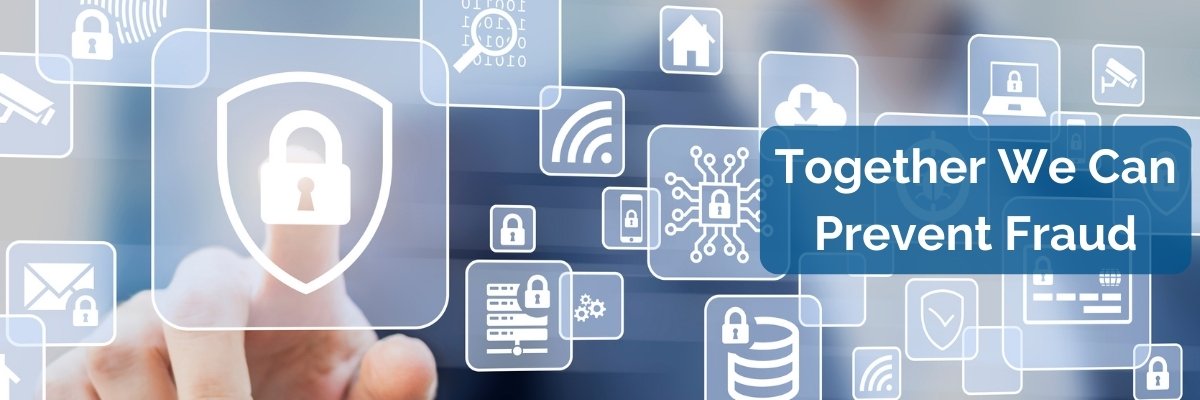
Your safety is our main priority
Fraudsters never stop working but we don’t either!
These are some ways we stay on top of your security and safety:
-
Alerting you about potential fraud activity through our mobile app, email or phone.
-
Multi-step verification process over the phone.
-
Our mobile app logs date and time stamp for every login.
-
All emails are encrypted for higher security.

Types of Fraud
Phishing is a type of attack which a fraudster creates a fraudulent website, email, or text appearing to be a legitimate firm.
- Emails, websites, and texts usually include links that allow malware to be installed and give them access to your documents.
- Beware of giving out any information that we would never ask for.
Spotting a Spoof
- Sense of urgency: messages include that your account will be closed or suspended if you don’t act now.
- Spelling errors: Grammar errors throughout the message.
Smishing is a type of attack which a fraudster sends out a text message pretending to be a legitimate source.
- These texts usually include a link and say they are from your financial institution.
- Don’t respond to any texts you get. It can help identify active numbers.
Spotting a Smish
- Random Financial Institution: Fraudsters will send you a random institution in order to make you click the link.
- Spelling errors: Links include weird errors in the www. or http.
Vishing is a type of attack which a fraudster use telephony in order to attempt to gain access to confidential information.
- These calls usually include a sense of urgency and say they are from your financial institution.
- Be cautious of all caller id’s.
Spotting a Vish:
- Private Information Over Phone: We will never ask to change private information such as passwords over the phone.
- Be Cautious: If anyone asks to verify information over the phone, refuse and report the number.
Ways You Can Protect Yourself
Store sensitive documents such as statements and payoffs in secure locations.
Never provide passwords, PIN numbers, etc., over the phone, through text, or email, especially when unsolicited.
Go paperless and enroll in eStatements.
Limit the amount of information your share on social media.
Use different emails and usernames/passwords for each financial account.
Think You've Been a Victim of Fraud?
Talk to a Representative
Find a Branch Near You
